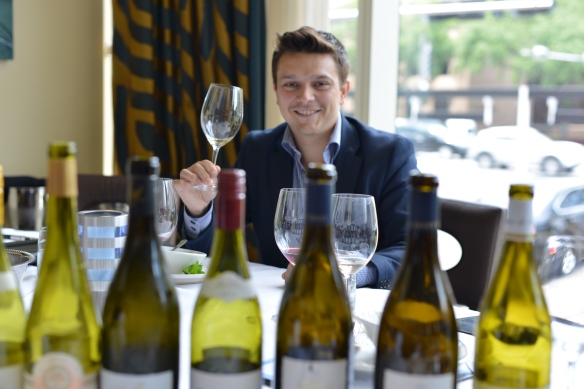
A man and his wines: Arnaud Saget has taken his place in the ninth generation of a family-run wine-making concern. (photos/James Brock)
I have spent some time in the Loire Valley, and love drinking wines from the large region. It is a place full of lively and interesting winemakers, not to mention châteaux, and if you’ve never had the pleasure of driving from Paris and visiting Chambord or Château d’Azay-le-Rideau and drinking wines from Olivier Cousin in a café around the corner from where they were bottled, you should consider booking a flight to France. It is a magical region, the Loire. (And if it was good enough for Leonardo da Vinci, it is certainly good enough for the rest of us.)
The Loire produces some of my favorite daily drinking wines, and yesterday I had the opportunity to meet Arnaud Saget, whose family owns Saget la Perrière and produces wine with 890 acres and six estates. A tasting lunch at The Oceanaire Seafood Room was the setting, and it’s been a long time since I enjoyed, at one seating, so many exemplary, easy-drinking wines that I would serve, without reservation, on a daily basis.
Saget is the director général of his family’s company and is charge of marketing, so he travels a lot; this weekend he will be in New York, and next week Germany. His enthusiasm for winemaking is infectious, and though he understands that wine (and the selling of it) is a business, it is evident that he also understands and respects that his calling is part of a long and hallowed tradition that brings joy to the lives of millions of people around the world.
We began with the Muscadet de Sèvre & Maine sur Lie Les Cilssages d’Or, and it was the ideal way to start a meal focused on seafood. I liked that this wine was not overly sweet, and the hints of peach and pear were refreshing.

Bottles of 2012 selections from Saget la Perrière command one’s attention.
We had more wines than food courses, but that was no problem. All of the selections were from 2012, and, as I wrote, are drinking well right now. My favorite was the Domaine de la Perrière Sancerre. Crisp, it made me think of a Riesling, and when Arnaud Saget told me that the grapes are grown in flinty soil I understood why I thought “Riesling”. This Sancerre would be perfect for an afternoon under a beach umbrella, or with oysters. Or both at the same time.
We tasted two reds at lunch, a Chinon and a Pinot Noir. The latter was unmistakably a pinot. Ruby color, faint, lovely vanilla taste, easy on the tongue. The Chinon, however, would be my preferred of the two reds, with its supple tannins and wonderful spiciness.
Yes, there was food. We were served an Alaska Red King Crab Salad as a first course, followed by Pan-Broiled Alaska Weathervane Scallops – overcooked to my palate – Seared Wild Alaska Halbut, and, as a closer before the dessert, Grilled Bering Sea Wild Coho Salmon, which we paired with the Pinot Noir, and which was the best dish of the day. Its tarragon butter sauce was perfect, creamy, slightly acidic.
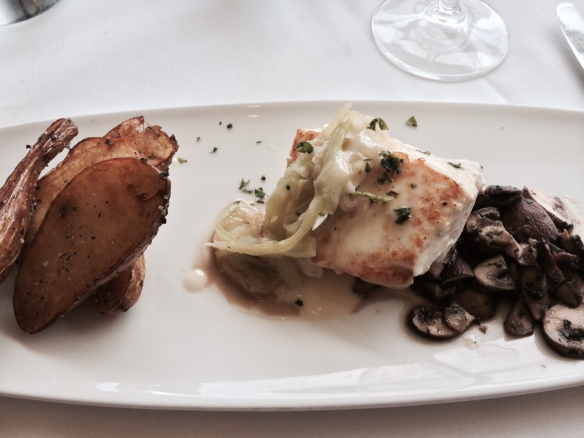
Wild Halibut from Alaska was firm, slightly briny, but overwhelmed by the potatoes served with it.
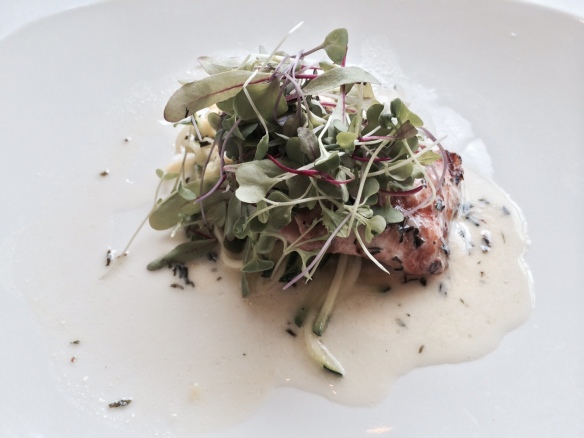
Wild Coho Salmon, with a great tarragon butter sauce, was the best dish of the day.
If you are looking for wines to drink every day, bottles with great price points – the most expensive wine we tasted (the Le Domaine Saget Pouilly-Fumé) carries a suggested retail price of $29 – buying these Saget selections by the case would not disappoint.
WINES TASTED (suggested retail price US$):
Muscadet de Sèvre & Maine sur Lie Les Cilssages d’Or ($14)
Marie de Beauregard AOC Vouvray ($18)
Guy Saget La Petite Perrière Sauvignon Blanc ($12)
Guy Saget La Petite Perrière Sancerre ($22) *A Brockhaus Selection
Le Domaine Saget Pouilly-Fumé ($29)
Guy Saget La Petite Perrière Pinot Noir ($13.50)
Marie de Beauregard Chinon ($17.99) *A Brockhaus Selection
Like this:
Like Loading...

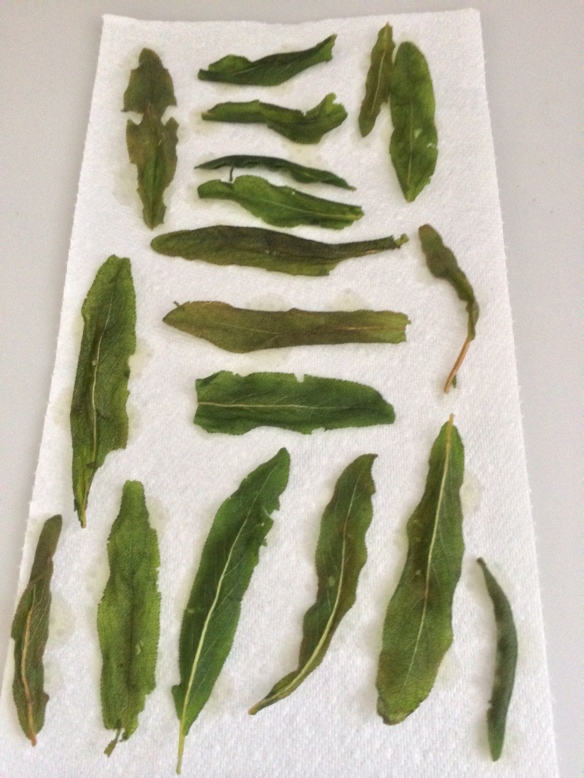
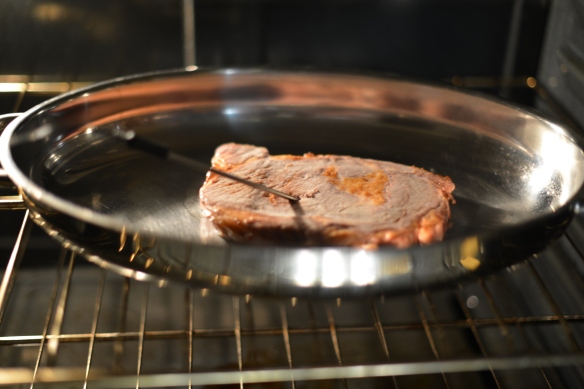
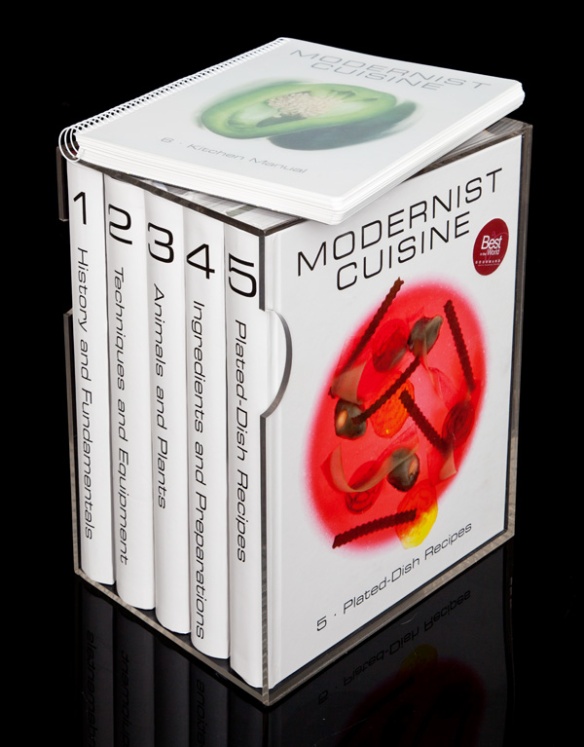


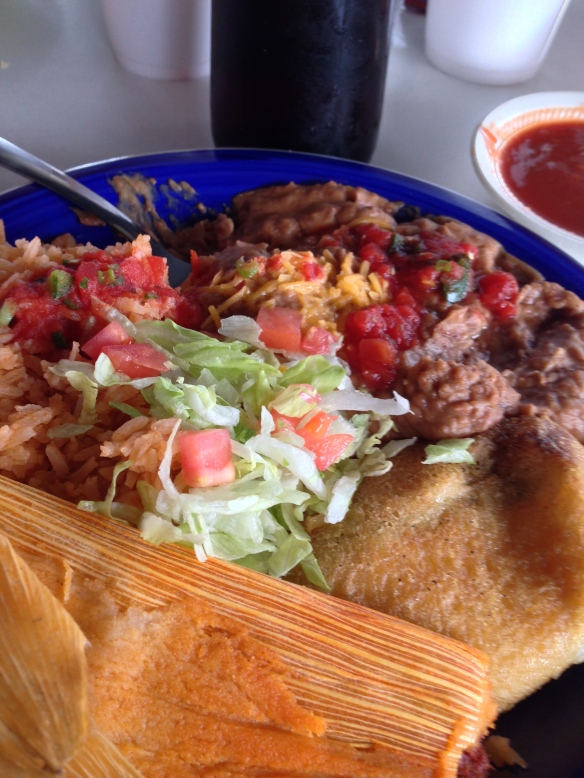






Recent Comments